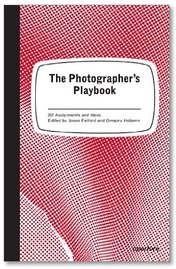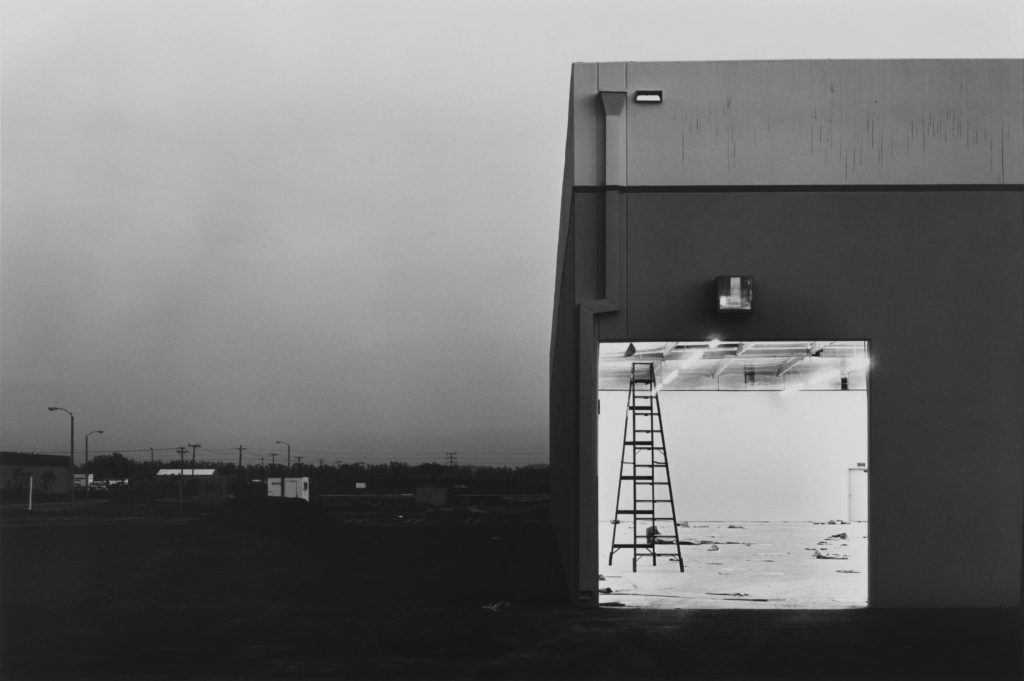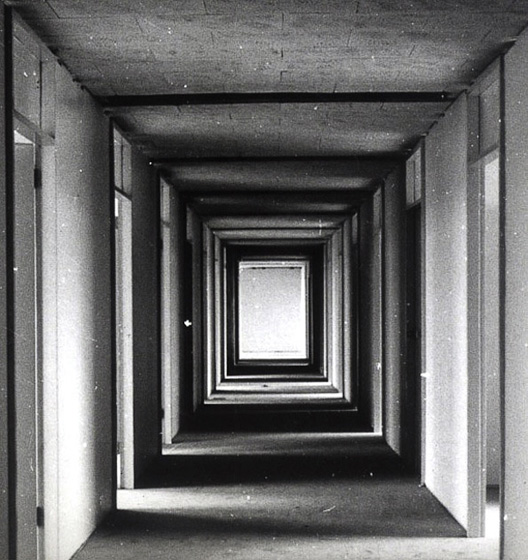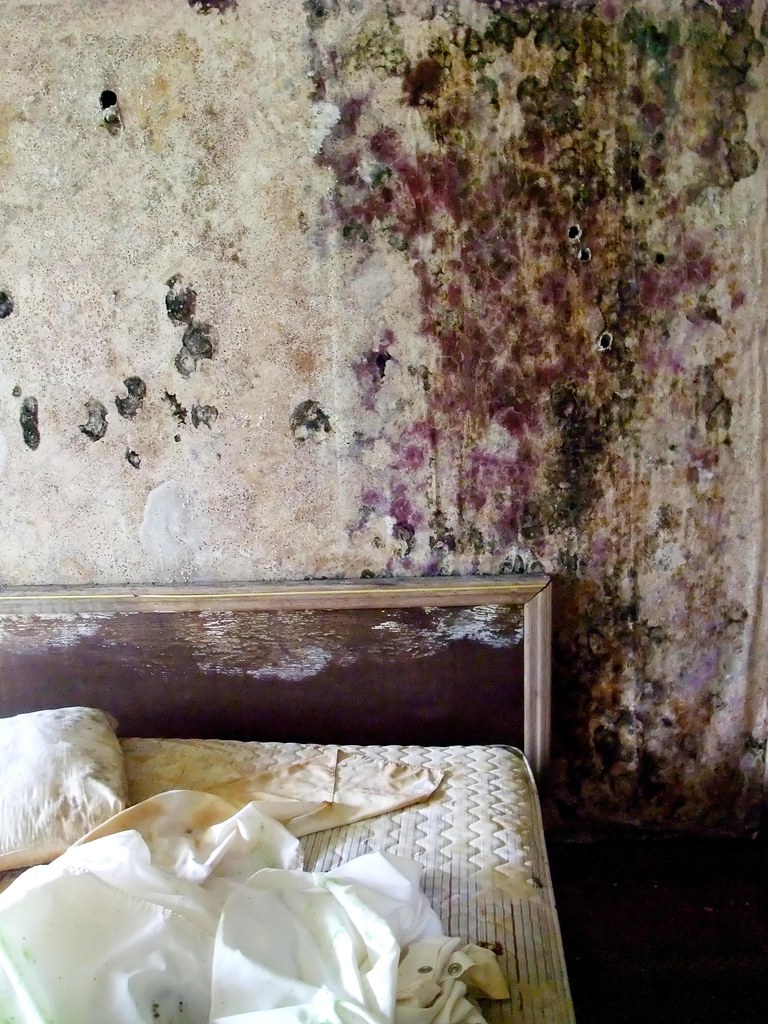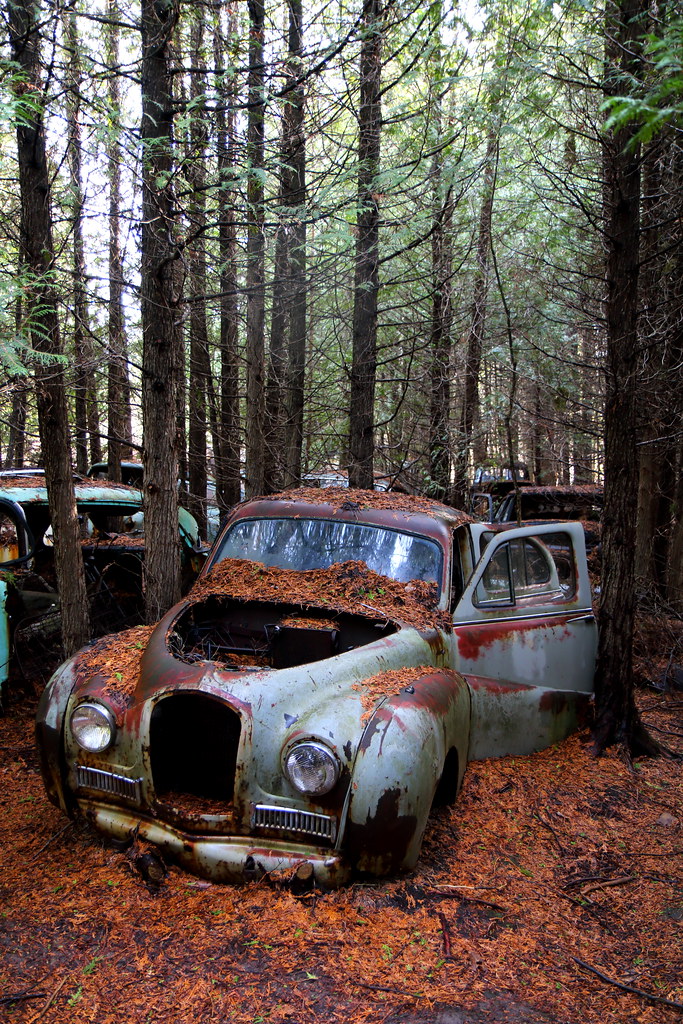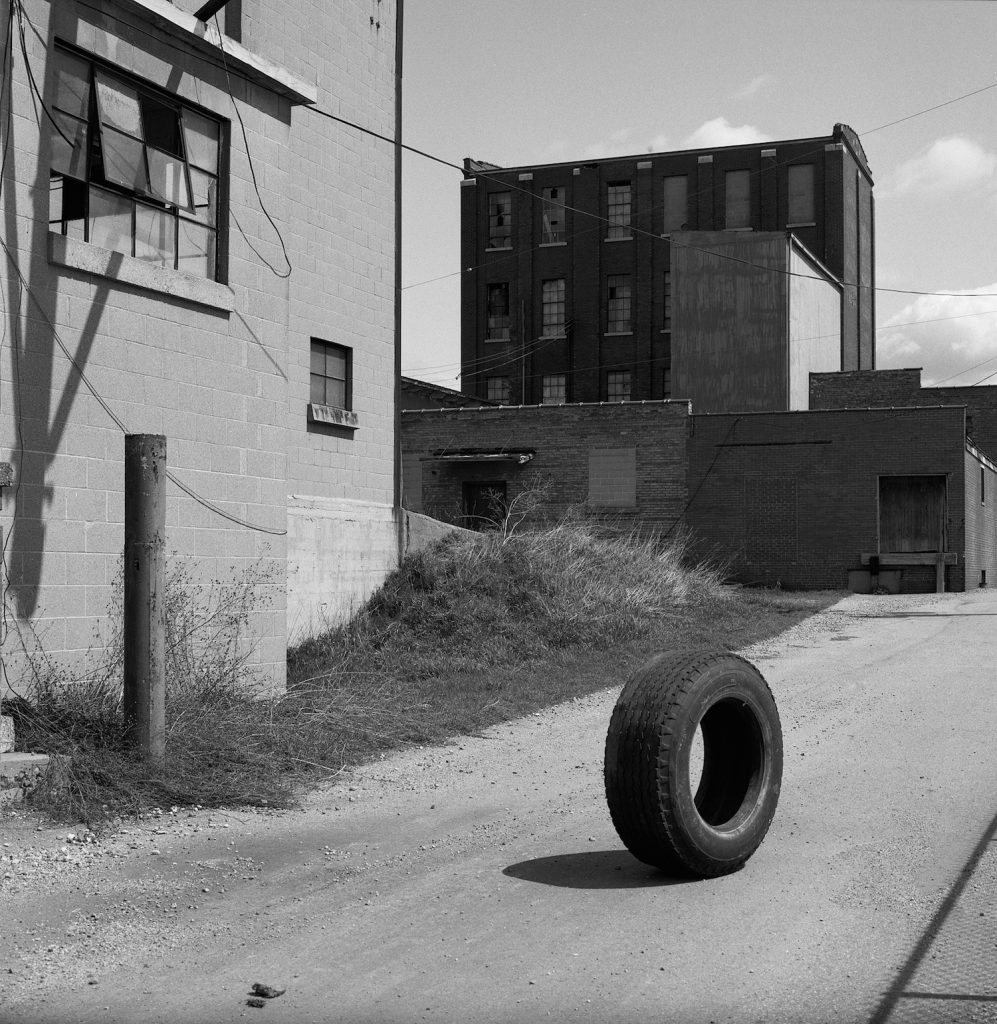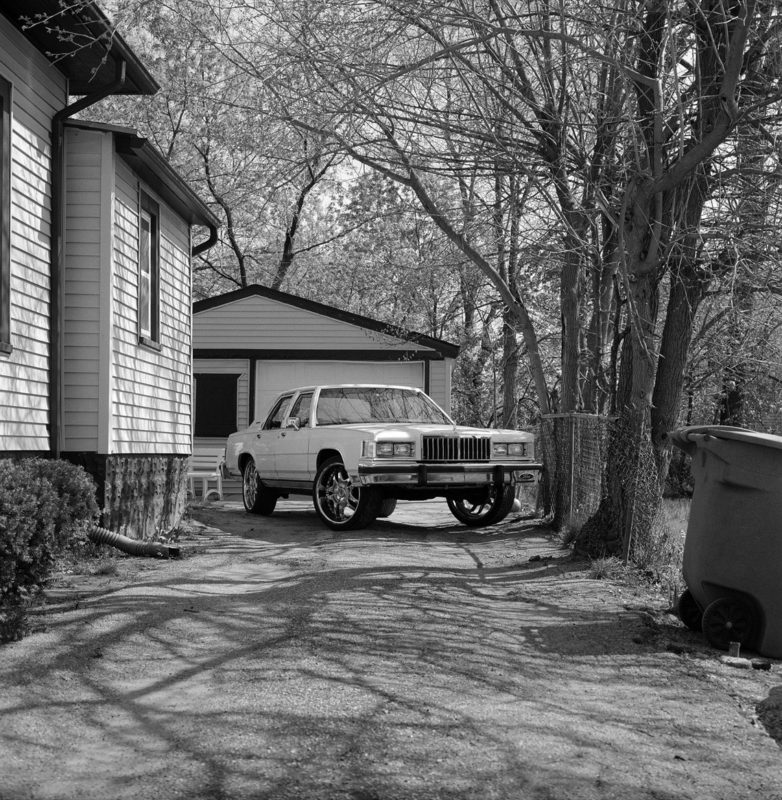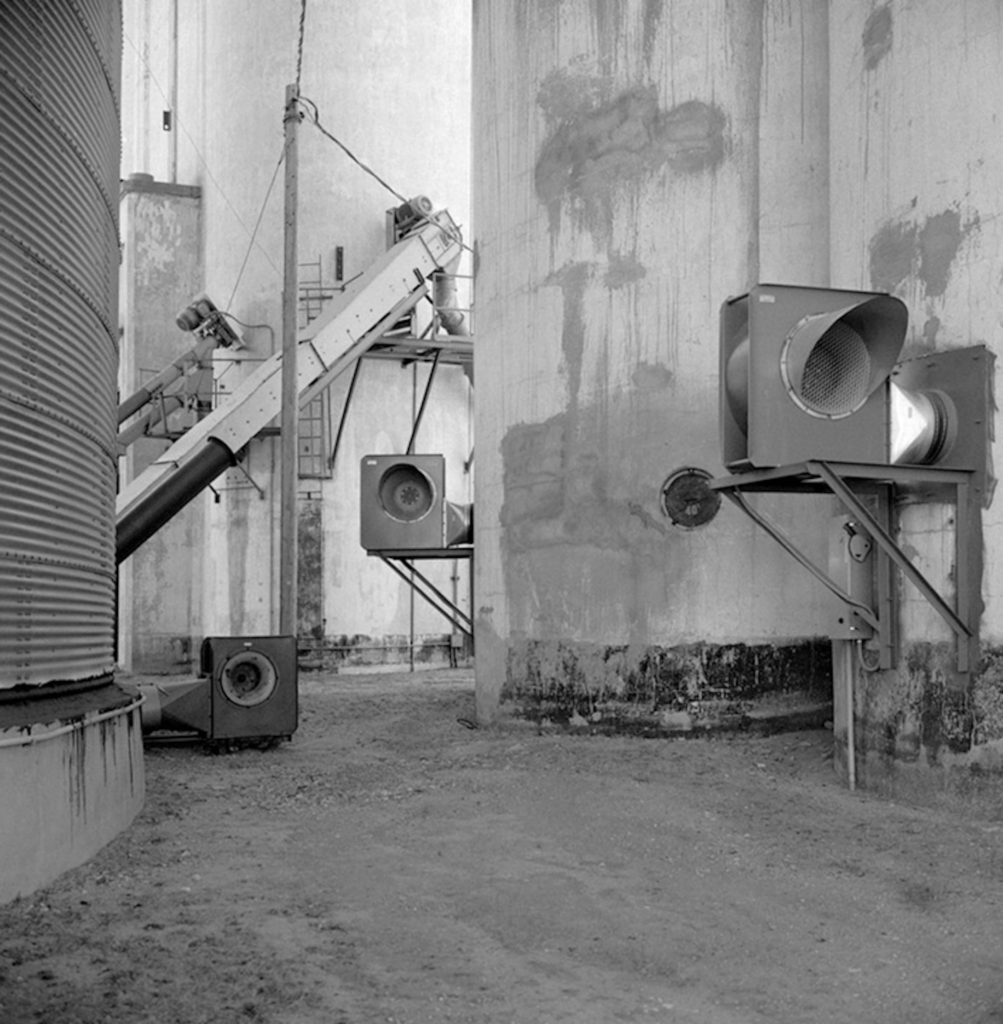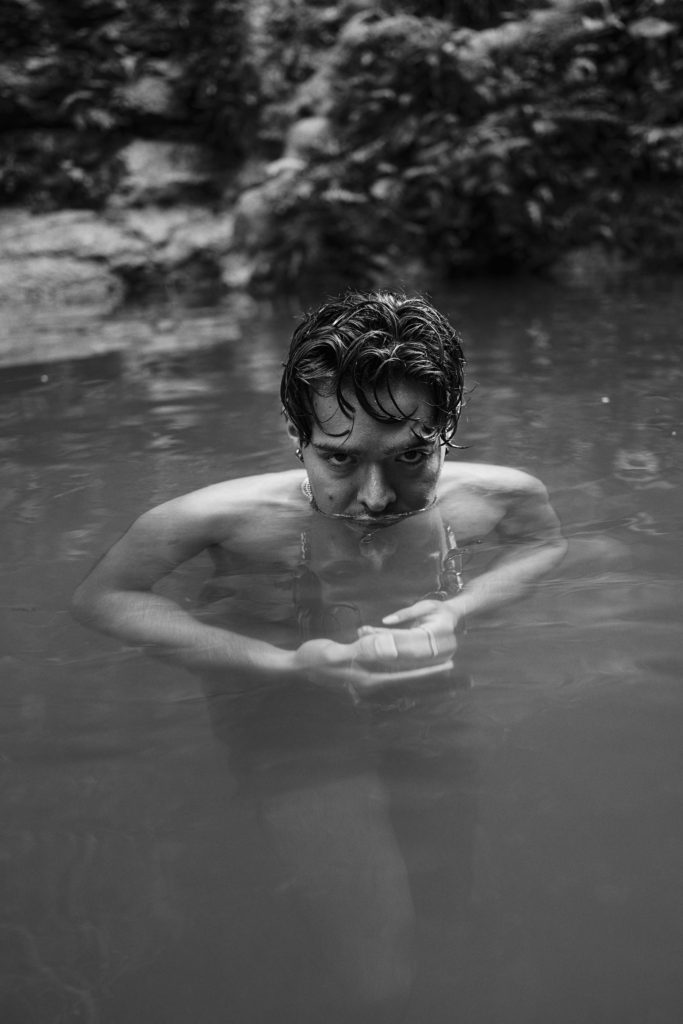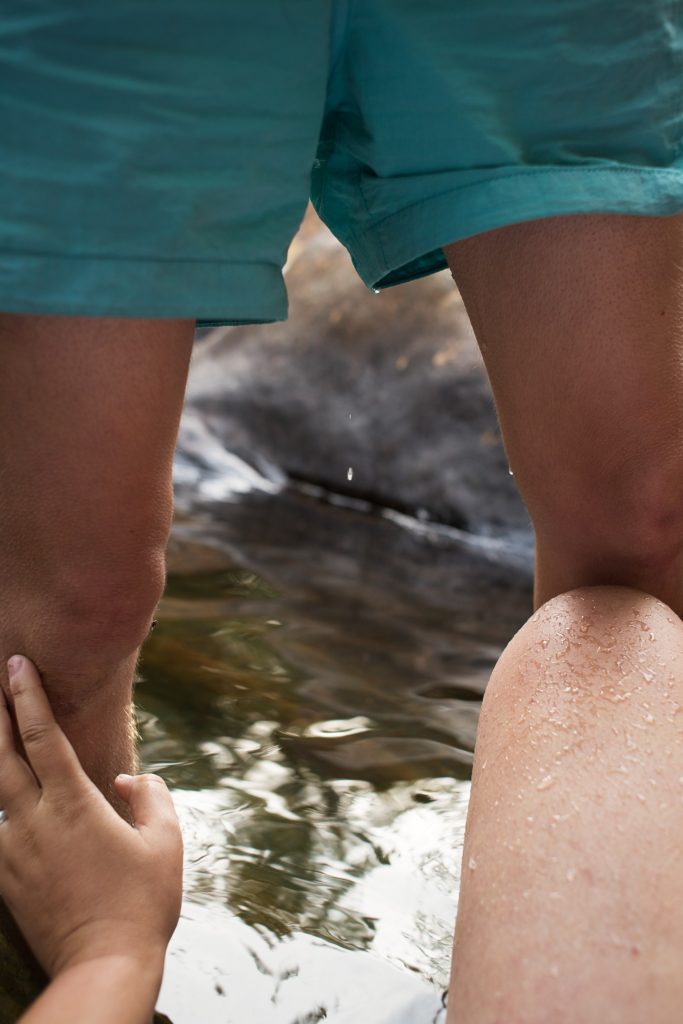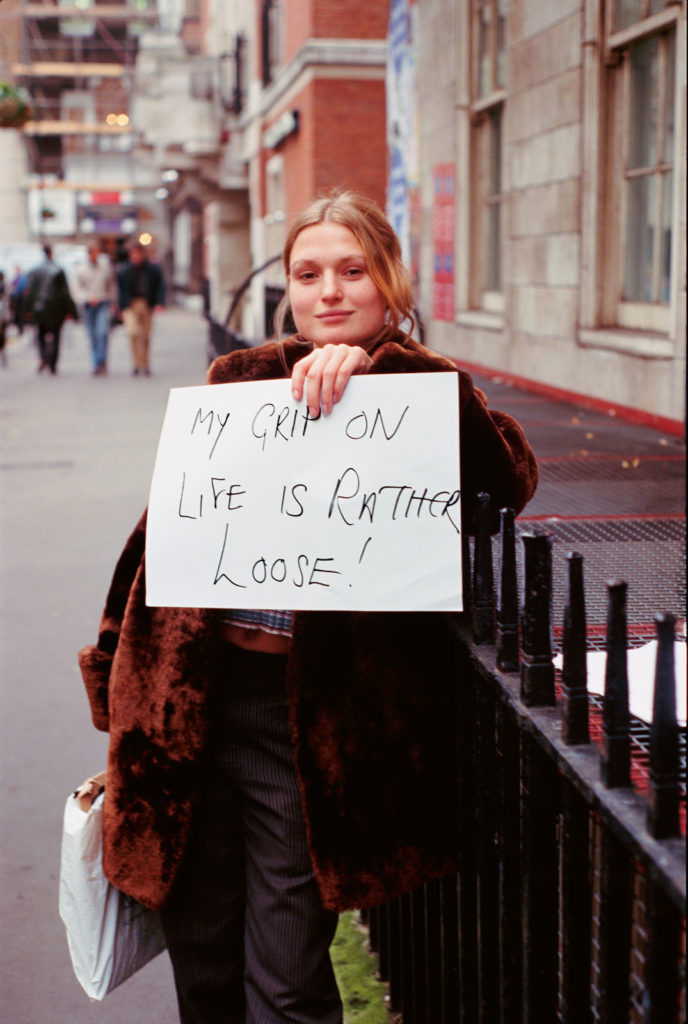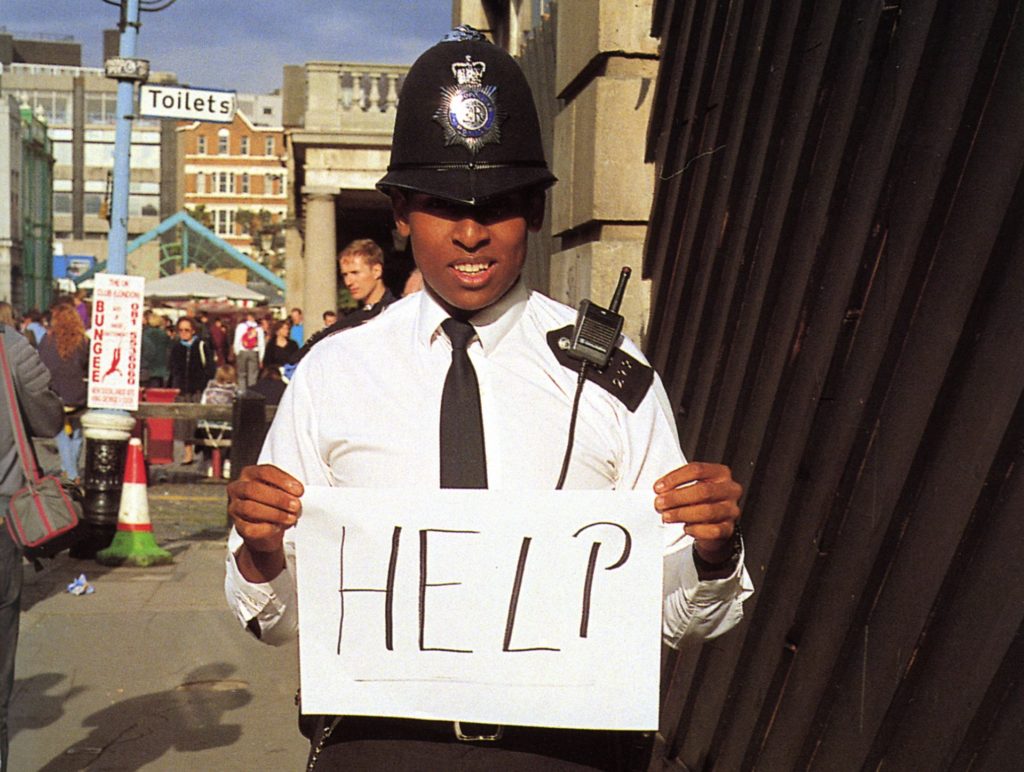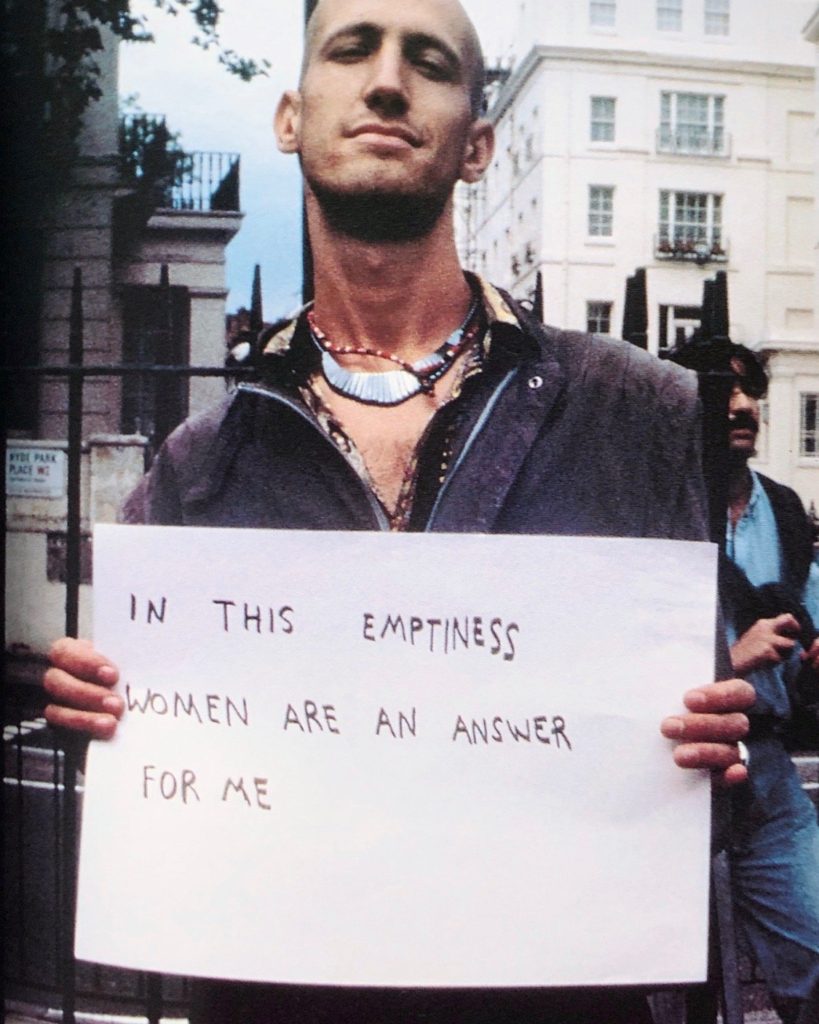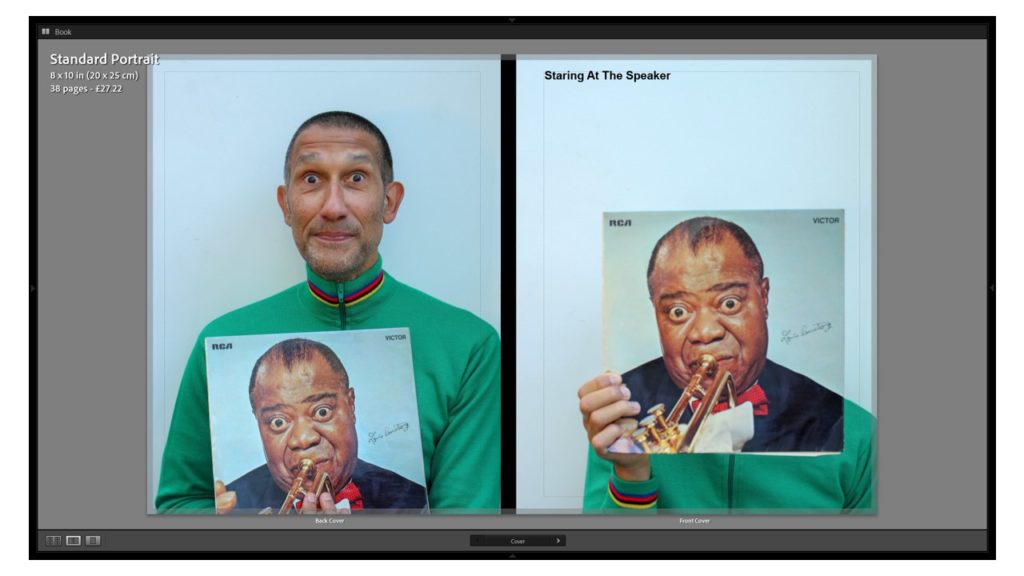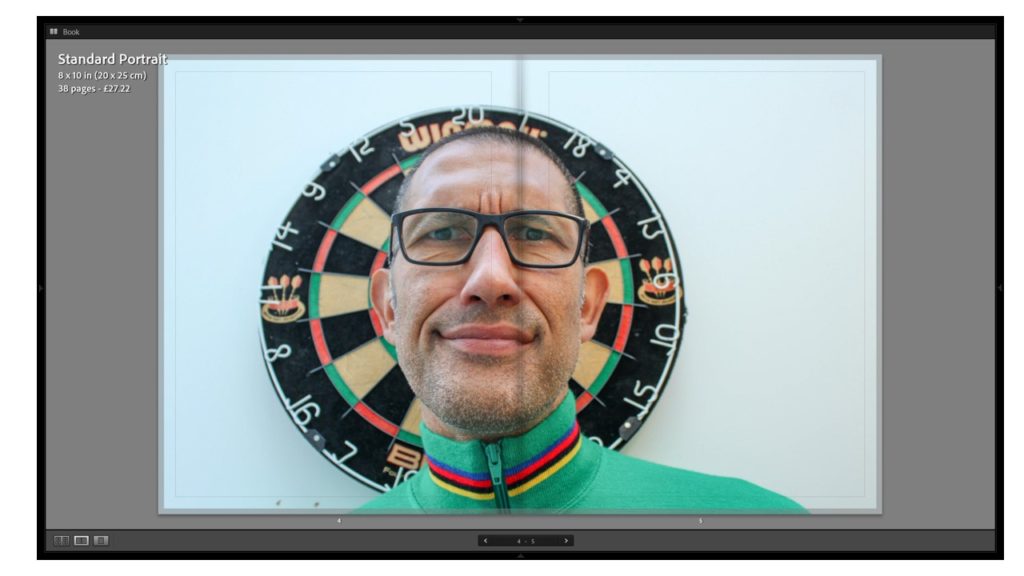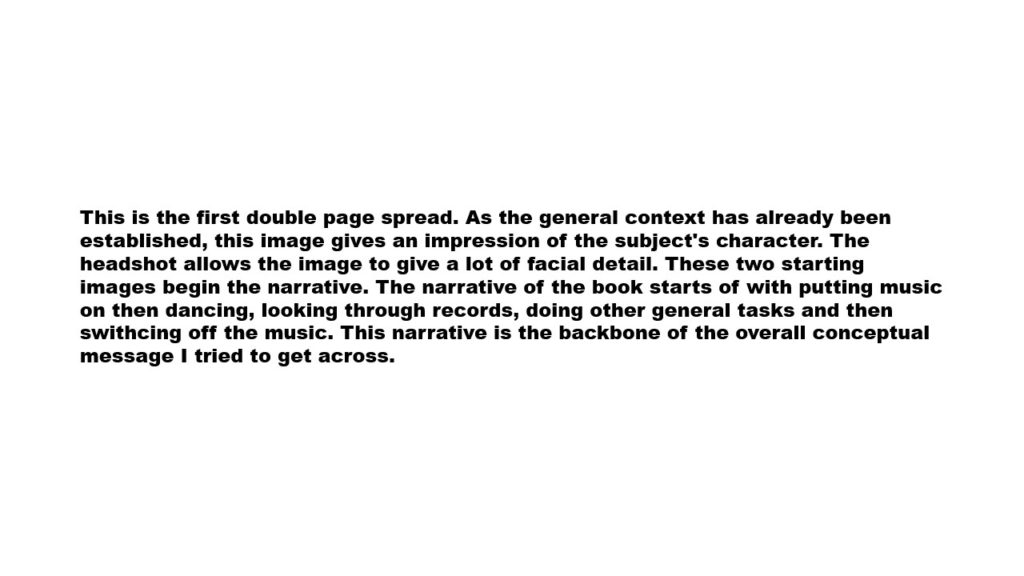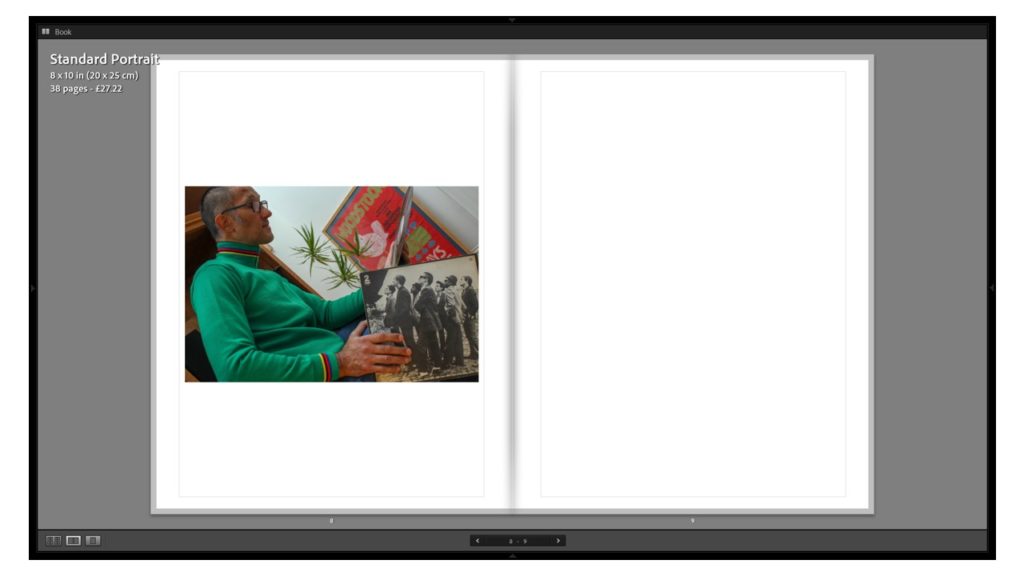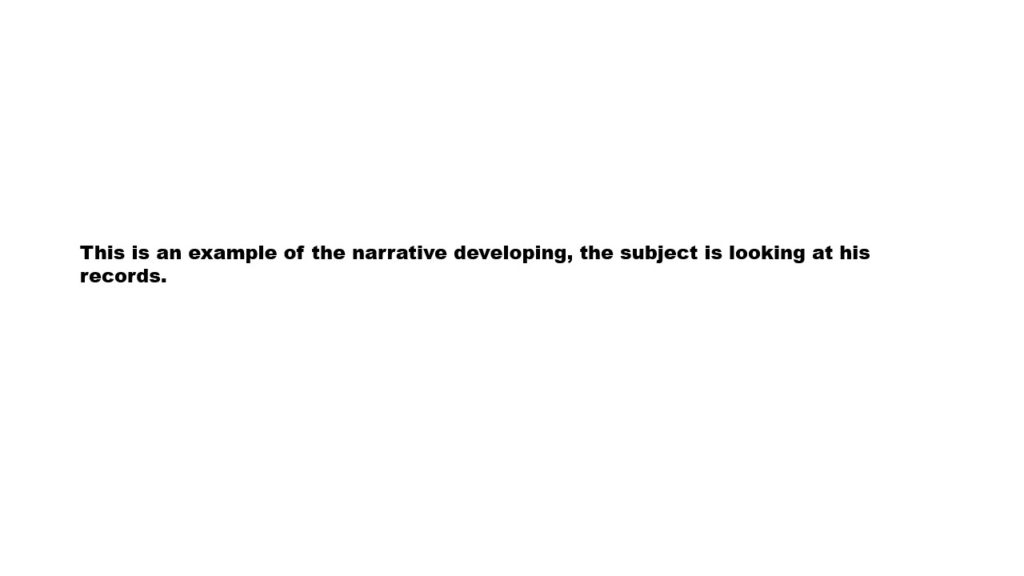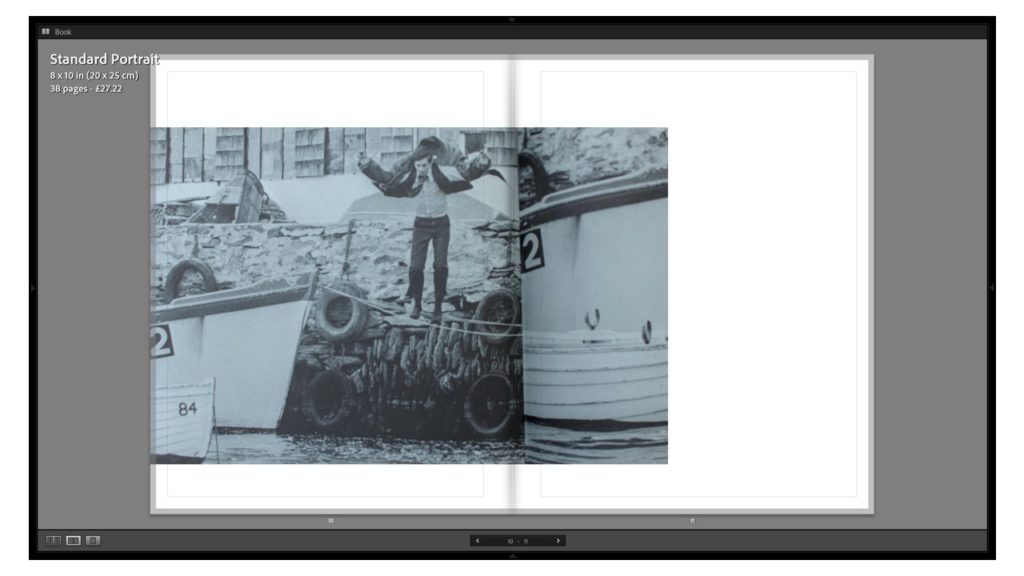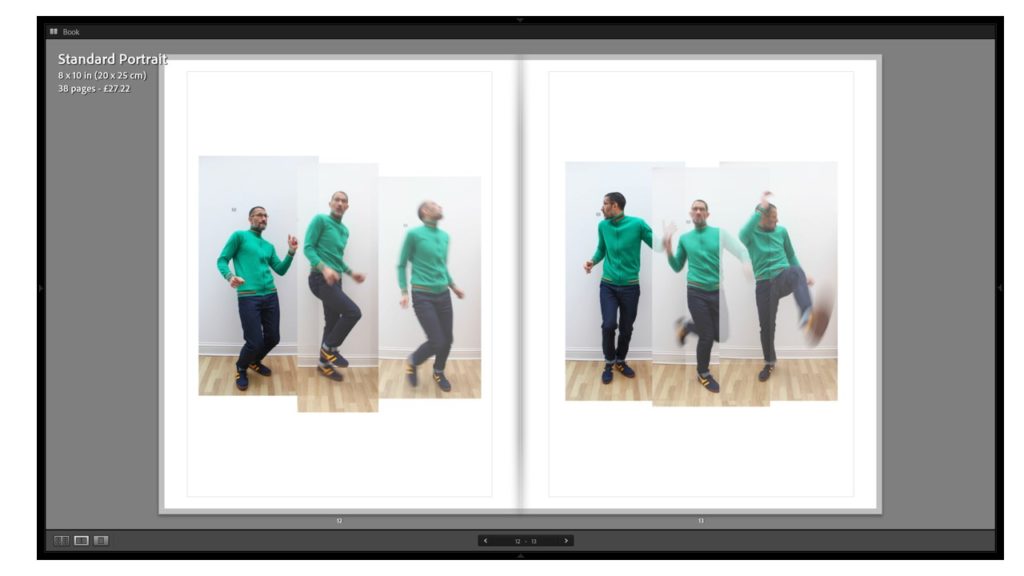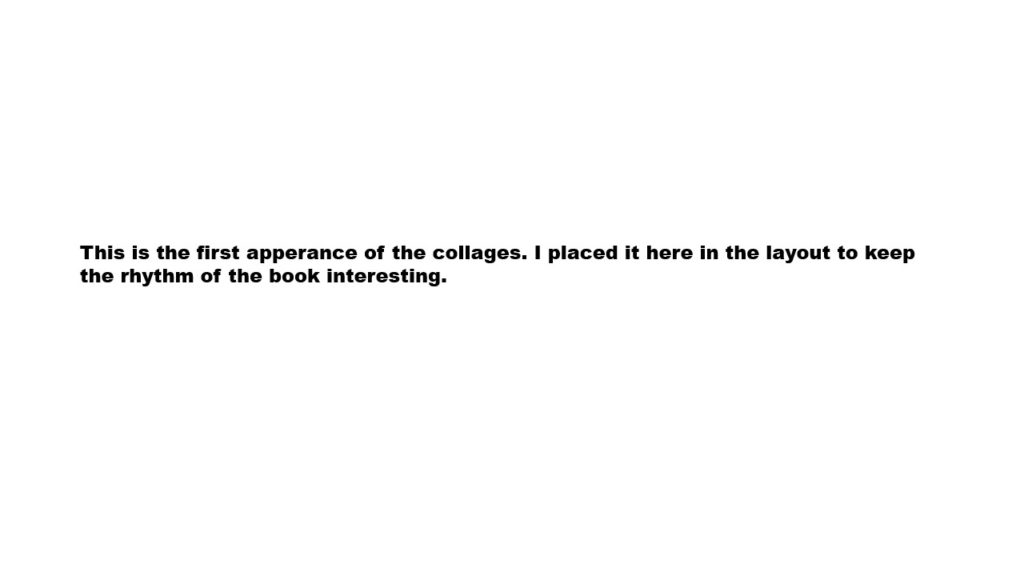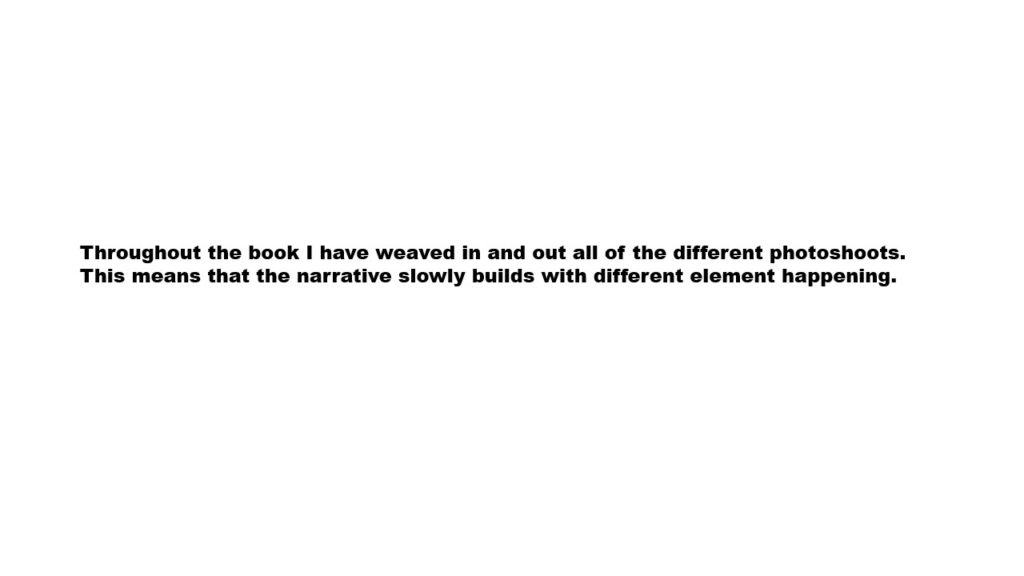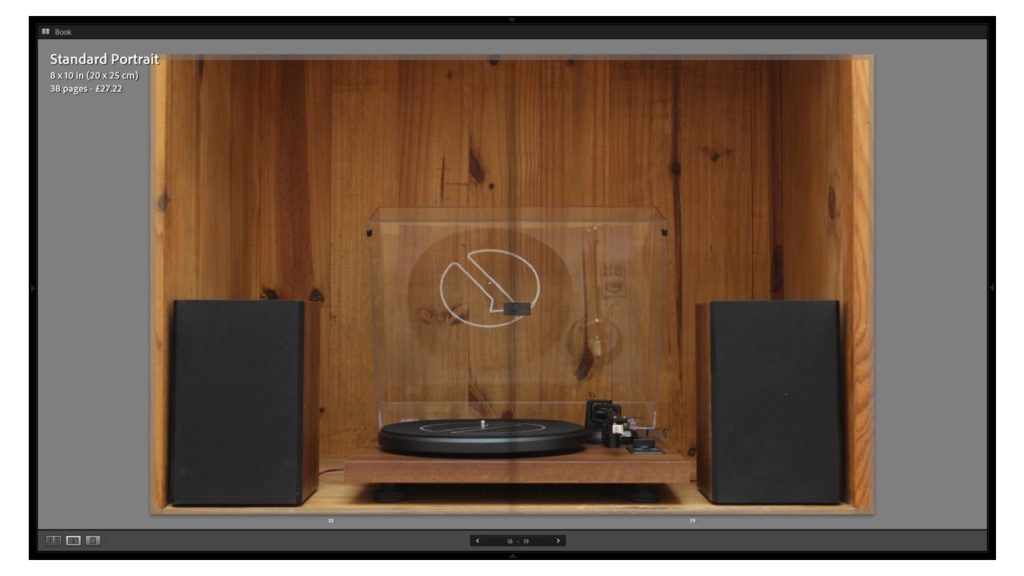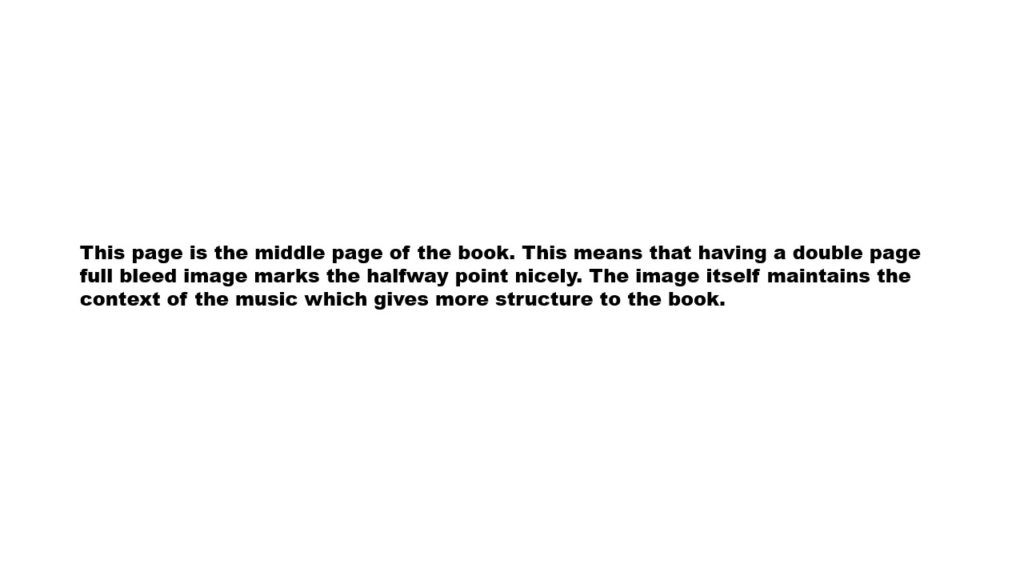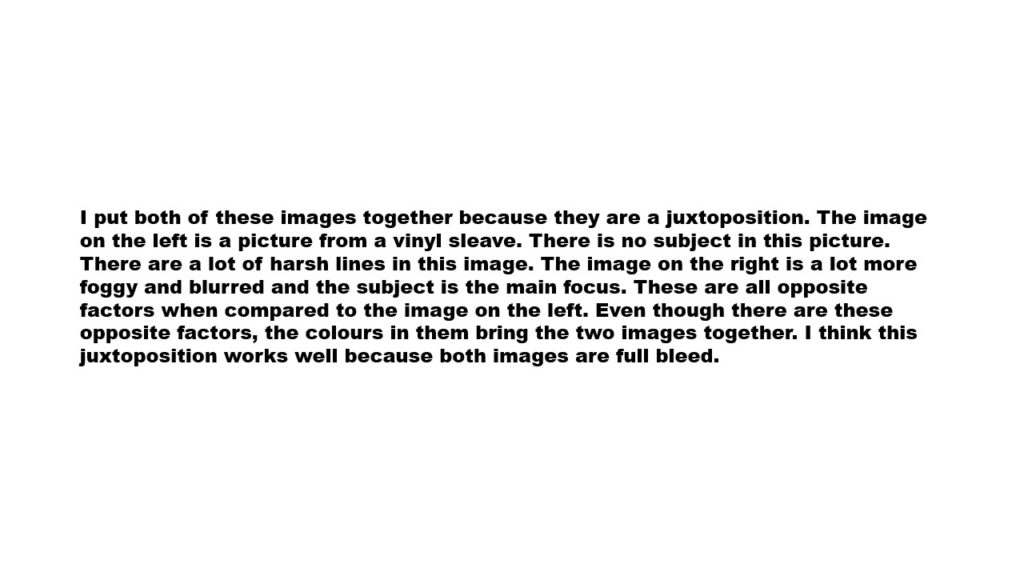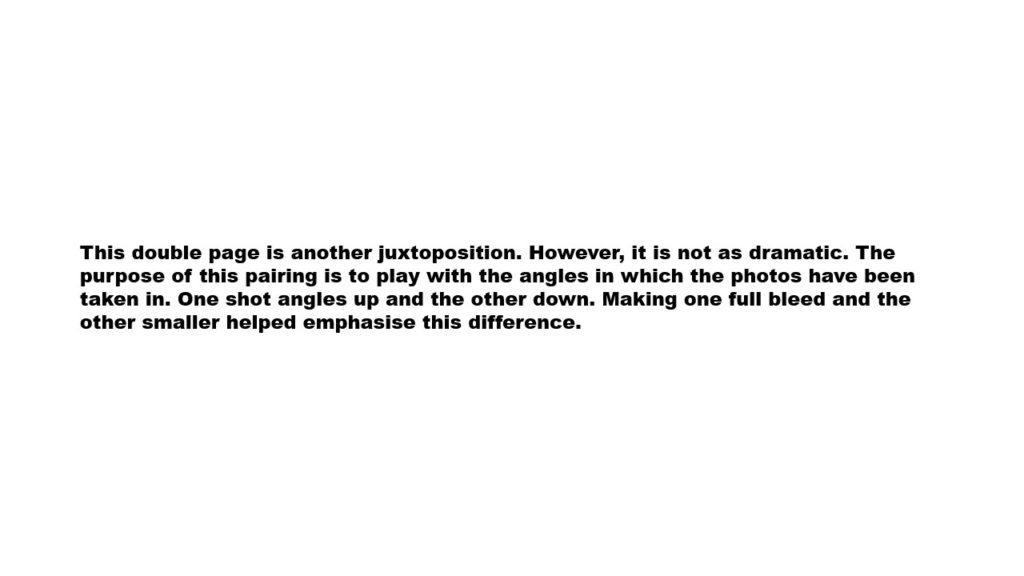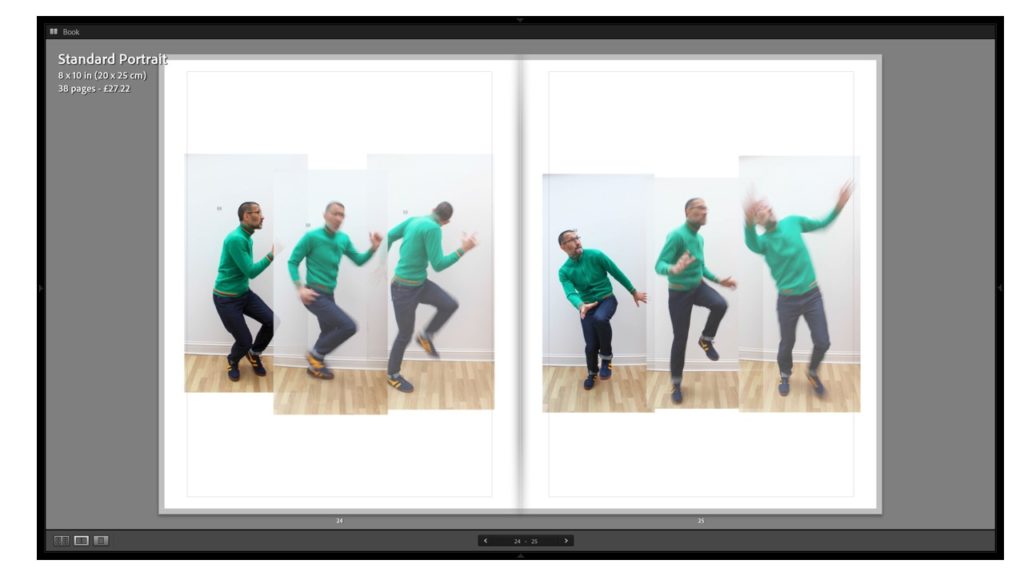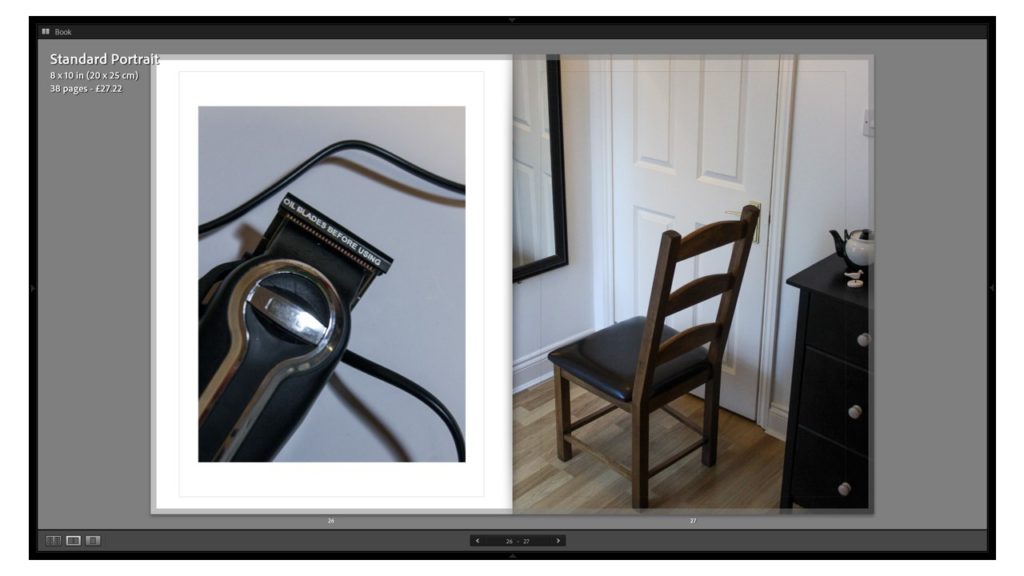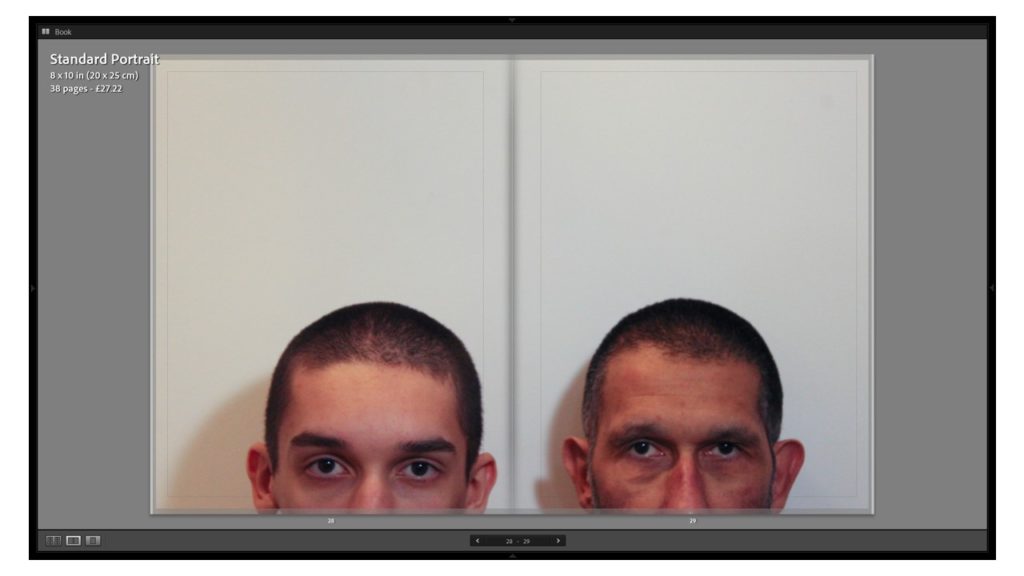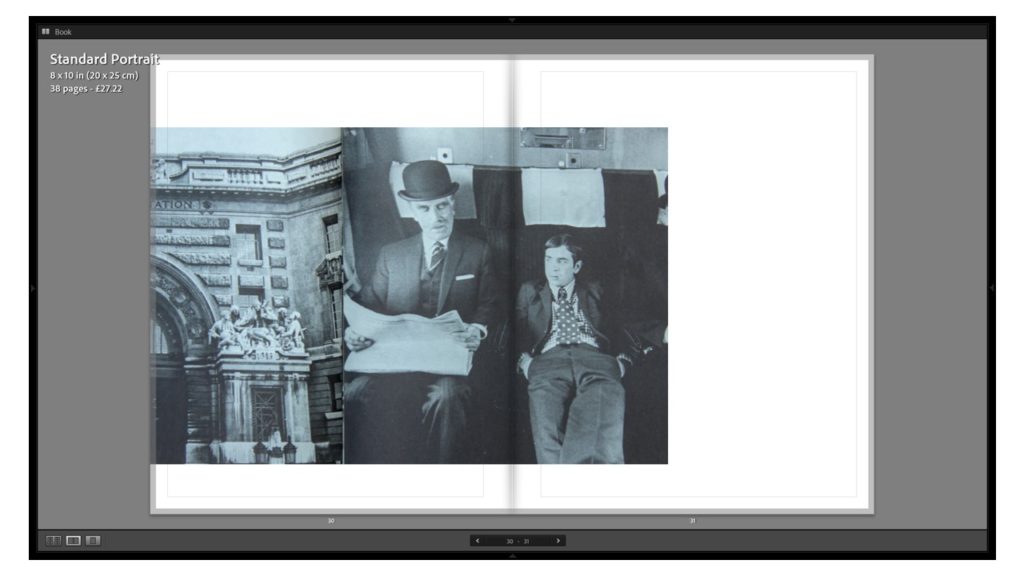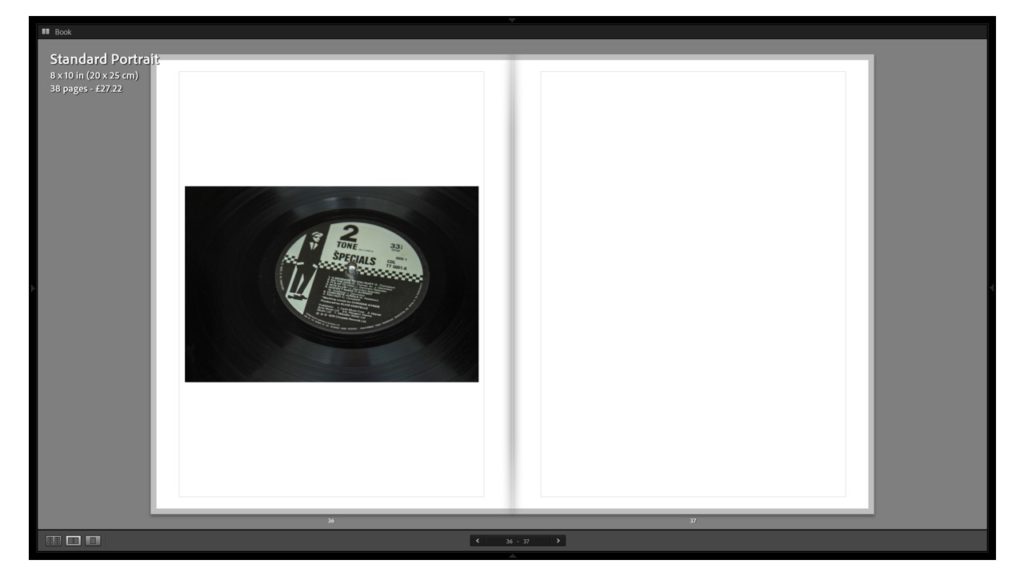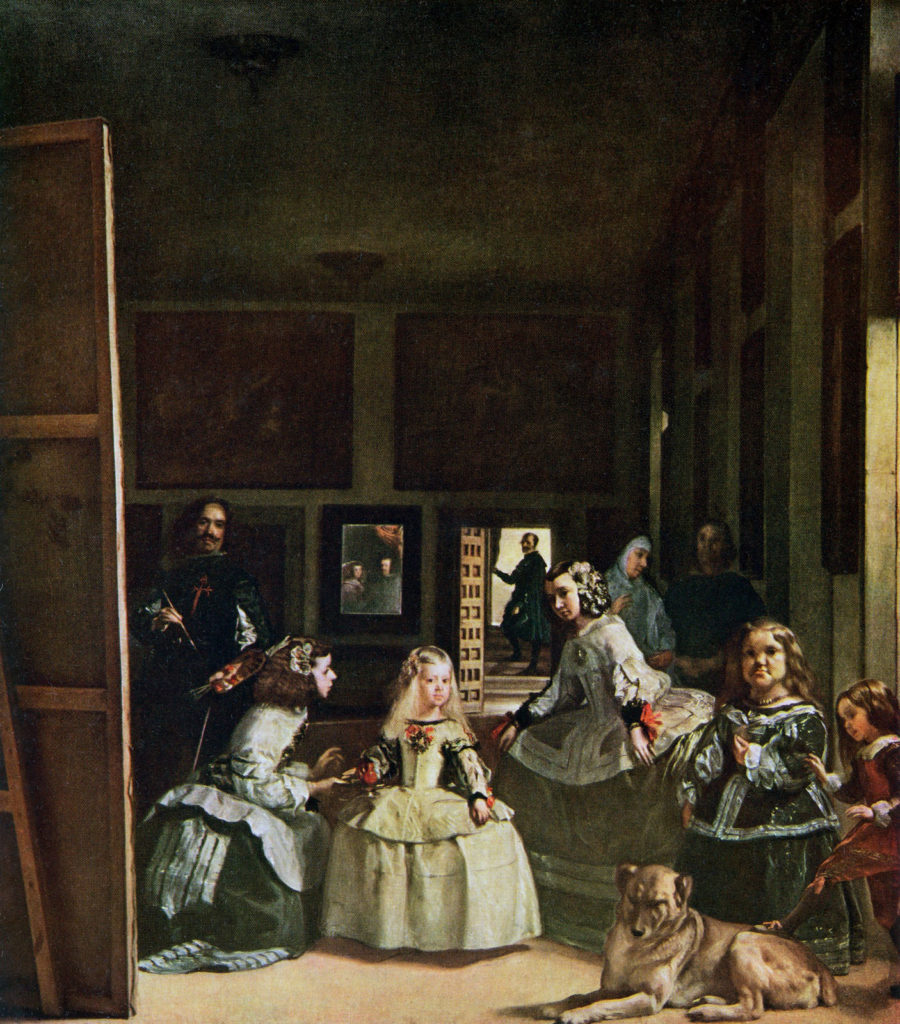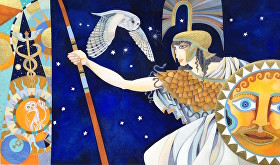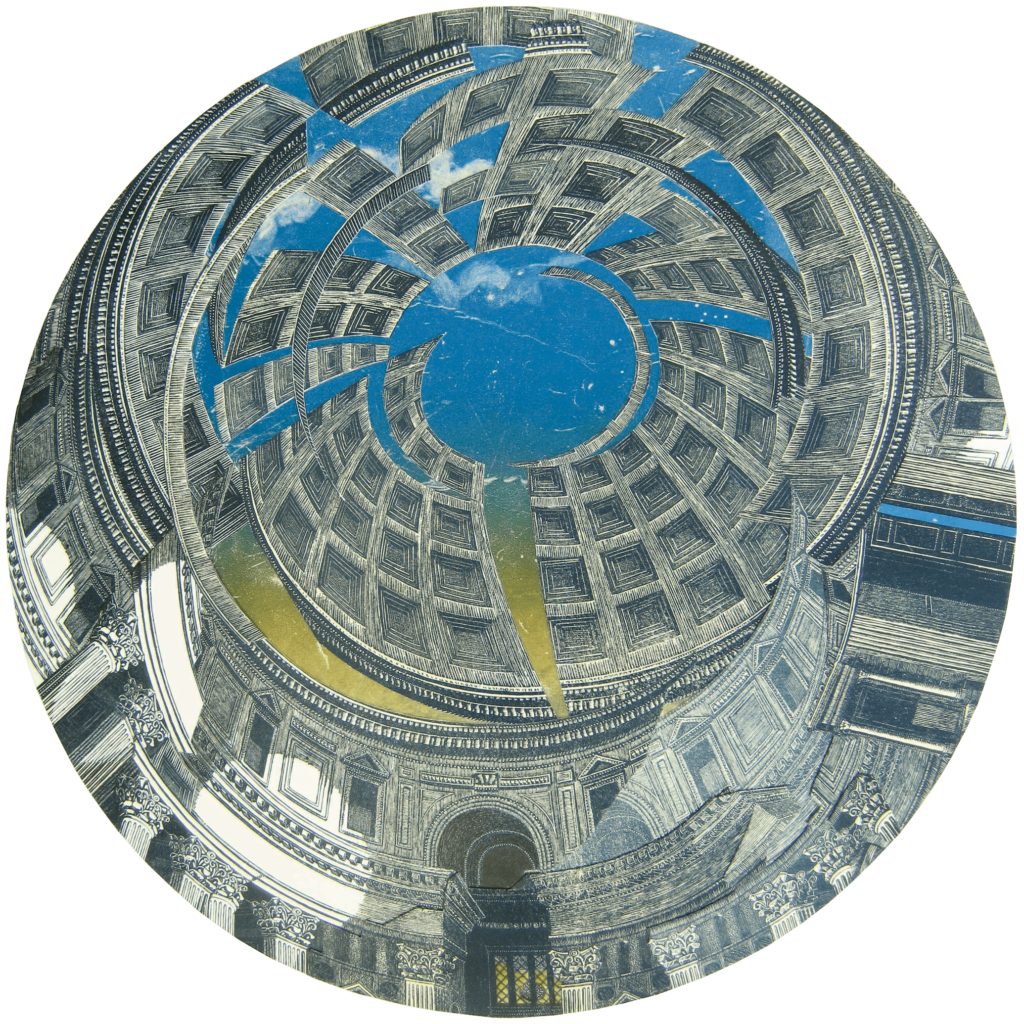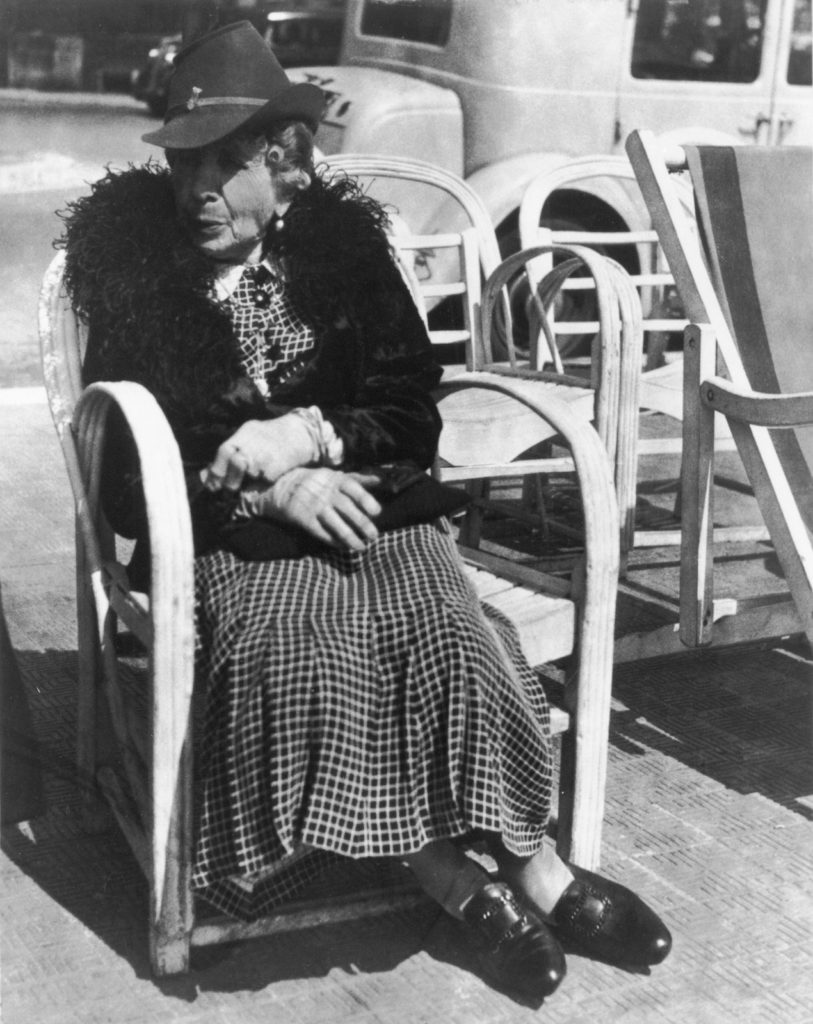Photo-games
ACTION > PLAY > CHANCE
To get you started on a creative journey we are going to have some fun at playing games with photography. The themes of TRANSITIONS / FREEDOM / LIMITATIONS lend themselves well to explore the concepts of ACTION > PLAY > CHANCE in the image making process. Often a photograph is made with ‘a bit of luck’ in capturing a moment or ray of light allowing for chance to enter the frame. An element of performance is also aligned with photography, the act of making a photograph is a performance in itself, a person in front of a camera may act out a character, persona or pose.
Resurgence in interest around photography’s relationship to performance has increased the awareness of the photograph both as documentation and as a performative work in itself. Recent international exhibitions have explored photography’s relationship to ‘performance’ and the differing ways that artists have used the camera in this arena. Performing photographs looks at how the performative is located within the photograph itself, and in the relationship of the image to the viewer, as well as photography’s relationship to the written and spoken word.
Probably one of the worst things to happen to photography is that cameras have viewfinders.
John Baldessari is often referred to as the father of conceptual art. Central to his practice is language, both verbal and pictorial. In his photo-based work of the early 1970s, he embraced chance, accident, and game-playing, as in the series Choosing (A Game for Two Players): Carrots (1971) (also featuring versions with green beans and rhubarb). He would ask a participant to select three individual vegetables from a selection of the same type (e.g. carrots). S/he would then select one by pointing to it, a photograph documenting the choice. The other vegetables would then be discarded and replaced by two more. The selection process would begin again and further photographs would be taken to record the choosing. The work was finished when the vegetables ran out.
— John Baldessari

Choosing (A Game for Two Players): Carrots (1971) 
Cigar Smoke to Match Clouds That are the Same (By Sight – Side View), 1972-73 
John Baldessari ’Throwing Three Balls in the Air to Get a Straight Line (Best of Thirty-Six Attempts) 1973
In the piece Cigar Smoke to Match Clouds That are the Same (By Sight – Side View), 1972-73 and other works of the period like the artist’s book Throwing Three Balls in the Air to Get a Straight Line (Best of Thirty-Six Attempts) the artist is playing with the ideas of repetition and failure (an essential feature of games). He makes ten attempts to create a puff of smoke from his cigar that exactly matches the shape of a cloud in a photograph stuck to the studio wall.
Watch this video about John Baldessari narrated by Tom Waits as an inspiration first.
TASKS: To begin we will perform a few collective photo games. In the end you will design and perform your own game.
PHOTO-GAME 1: What to photograph?
Each student think of an instruction, an object, place, or scenario to be photographed.
Participants: Whole class.
Aim: Every student have to make one image of each instruction
Method: All the instructions will be collated and given to all students in the class.
Location: Outside/ Inside
Evidence: Produce blog post with a selection of edited images and an evaluation
Deadline: One week > 22 March
Upload all images in a folder and print a set of small prints (9x13cm = 4 per A4 sheet). Lay all images in a huge grid on the tables so that vertically you can see every students response to the same instruction, while horizontally you will be able to discern each student’s approach or style. As an example, here is a list of instructions, as an example:
A red ball
A tree and a dog
An ugly photograph
A political argument
A kiss
A shallow focus image of a bar of soap
a random photograph
An unambiguous photograph
Grass and concrete
An old-fashioned photograph
A futuristic photograph
a blue car and a white car
Nigeria
Timeless beauty
Flowing water
PHOTO-GAME 2: Photo-dice (Zen for Photography)
An artwork which consists of 5 dice, each describing a decision leading to a photograph.
Participants: Whole class, each student roll the dice once.
Aim: Roll the five dices and write down instructions
Method: Produce a set of 10 images using the instructions
Location: Outside/ Inside
Evidence: Produce blog post with a selection of edited images and an evaluation
Deadline: One week > 22 March




dav 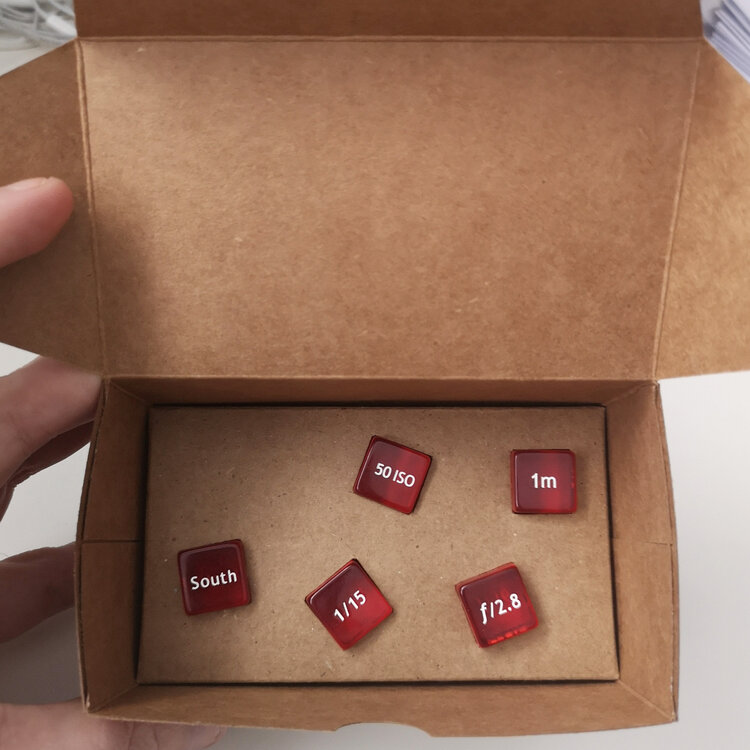
dav 
PHOTO-GAME 3: Boxing Match
Participants: Pair up with a fellow student
Aim: Capture your opponents portrait while he/she avoids being photographed.
Method: Use your camera instead of throwing punches
Location: Outside
Evidence: Produce blog post with a selection of edited images and an evaluation
Deadline: One week > 29 March
Technical: Camera settings
- Select S-mode (shutter speed priority) and Auto ISO on camera.
- Begin with fast shutter speed 1/250 and reduce by 1 stop > 1/125 another stop > 1/60 and another >1/30
- Frame each shot using a standard lens with a focal lenght of 50 mm.
PHOTO-GAME 4: Throwing a Ball
PHOTO-GAME 5: The 12 PARISH CHALLENGE
Join the Jersey Climate Conversation and take part in their active challenge. You need to find the 12 QR codes that are placed in each parish of the island. When you find the code, scan it and you’ll learn something about the area and the environment. Use your camera and explore the area that is described. You could choose to visit a few places to visit each day, or you could try and visit them all during the week. Minimum is to explore at least one parish – even if tis the one that you live in. You can drive to each location, park the car and walk around exploring the area. Alternatively consider cycling.
Read more here

Lighting: Think about quality of light. Sunny = bright colours/ dark shadows. Overcast: clouds produce soft diffused light
Timing: Different time of the day produces different light. For example early morning or late afternoon the light is softer and warmer. After rain light is reflected on wet surfaces. Avoid midday white light which harsh and has no character.
Technical: Camera settings
- Choose Manuel mode or Aperture priority and choose a mid aperture of f/8.
- Check that your shutter speed does not get slower than 1/60 sec otherwise use a tripod for slower shutter speeds, or increase ISO. Be creative with the way you photograph an area using different ways to frame a landscape, view or structure.
- Look for details too, get up close and make abstract images.
- If you encounter people on your walk stop them ask if you can make a portrait of them.

PHOTO-GAME 6: GOOGLE EARTH
With travel restrictions in place it is almost impossible to go abroad or visit exotic destinations. What would it be like to visit a location on Google Maps made famous by a particular photographer and, using Street View, attempt to make pictures like them? Here are some examples from staff and students at Thomas Tallis School who run Photo Pedagogy. Follow them on Instagram too!
Here’s my first attempt at doing this. I visited Greenwood, Mississippi and tried to look through William Eggleston’s viewfinder. Thanks to @artpedagogy for the prompt. Where next? New York as Roy DeCarava? Paris as Brassai? Reggio Emilia as Luigi Ghirri? Marseille as Germaine Krull? Where would you go and as whom?
Inspired by artists like Michael Wolf and Doug Richard, why not take a virtual field trip using Google Street View? I decided to visit Auckland, New Zealand this afternoon and took a few snaps while I was there. I spotted a severed arm, a building on fire and a high risk crash site complete with red light cameras. It was an action packed adventure! Where would you choose to go on your virtual school trip?

Year 13 photographers visited Moscow (as promised) this morning on their virtual school trip and used William Klein as inspiration who famously documented his experience of the city in the early 60s. Looking at some if his images from the book ‘Moscow/Mockba’ they explored the streets and returned with their own William Klein style pictures.
PHOTO-GAME 7: Photography Genre Treasure Hunt
Another one from the team at Photo Pedagogy. This task explores the following genres: travel, nature, self-portrait, landscape, still life, fine art, portrait, fashion, architecture. But which is which?
Participants: Individual task
Aim: Capture the ball in mid-air and three balls in a line
Method: Use your camera try and frame the ball
Location: Outside
Evidence: Produce blog post with a selection of edited images and an evaluation
Deadline: One week > 29 March
Technical: Camera settings
- Select S-mode (shutter speed priority) and Auto ISO on camera.
- Begin with fast shutter speed 1/250 and reduce by 1 stop > 1/125 another stop > 1/60
- Frame each shot using a standard lens with a focal lenght of 50 mm.
Here are three quick responses to the Genre Treasure Hunt from someone’s at home, at work and in someone living in New Zealand. Such interesting differences that foreground the creative decision-making process.
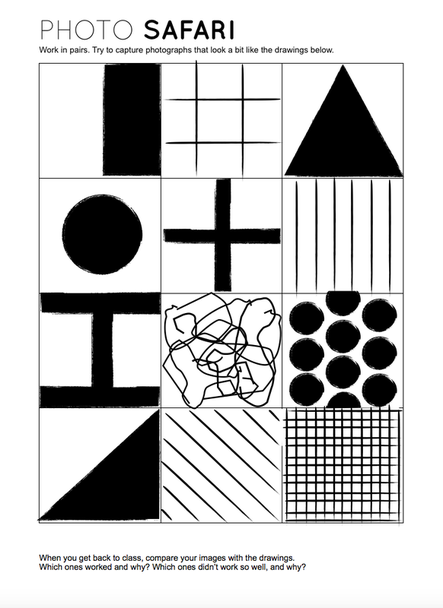
EXTENSION 1: Make a multi-genre single image.

EXTENSION 2: Make a sequence of images
Sometimes constraints can help us break out of habitual behaviours. How might you explore photographic genres whilst observing self-imposed rules? For example, choose a genre of photography. Create a sequence of images observing the following rules:
1. You must be sitting down when you make the photograph
2. The photograph must be black and white
3. You can only photograph another photograph
4. Your photograph must be square.
The first few pictures here are still life photographs of Josef Sudek’s glass studies from an Internet search.

The second set are travel photographs of virtual journeys to visit prisons in Greenwich. What other rules might generate unusual images? Suggestions on a postcard please…
PHOTO-GAME 8: PHOTOGRAPH EVERY IMAGE YOU ENCOUNTER IN ONE DAY
What types of image will you encounter today? Why are they there? Who put them before you? What do they mean to you (or others)? How might they influence your thoughts, emotions, opinions and actions?AND THEN… how will you photograph these encounters – e.g. formally, objectively; with a documentary or snapshot aesthetic; with attention to surface, light, pixels – and why? You can look specifically at photography but you could easily explore imagery of art and design that you encounter in one day. This photo game is mostly, trying to instigate activities with a focus on the ‘active’ – getting students away from screens and thinking, noticing, questioning, creating.
PHOTO-GAME 9: IMPROVISATION – HOW TO CONSTRUCT A NARRATIVE
FINAL TASK: DEVELOP YOUR OWN PHOTOGAME
The greatest freedom is to have no choice. Make a set of parameters within which you will work. This could be a geographic parameter (one city block for instance), or a psychological, thematic, or technical one. The point is to create a method of working where you make some very strict and precise choices about how you will not work. The stricter the better.

Here is a project based on developing your own Photo Game devised by PhotoPedagogy with have some helpful guides you can download.
This book features hundreds of assignments, ideas, stories and anecdotes from photographers across the world.
In 2015 Tom Pope came to Jersey for a 6 month residency with Archisle in the Photographic Archive of the Société Jersiaise and produced an exhibition and installation I Am Not Tom Pope, You Are All Tom Pope featuring a number of diverse and new work incorporating elements of photography, performance, video and sculpture. As part of this exhibition Tom made The Last Portage where he in collaboration with friend and the public dragged a boat across Jersey from Gorey Harbour to St Ouen’s. Go to his website to see full version of the film and many other examples of his unique work. Here are some of the key concepts that underpin’s his work and practice:

Just for Fun 
Just for Fun 
Fountain Bike 
Diddle for the Middle 
Diddle for the Middle 
Break Shot 
Playing in the Parlour 
Playing in the Parlour 
Over the Edge
Performance, Photography, Chance, Humour/Fun, Repetition
Play, Psychogeography, dérive (drifting), Situationism, Dadaism Public/Private, Challenging authority, Failure, DIY/Ad-hoc approach, Collaboration, Audience participation
Here is a clip where Tom is talking about his work Over the Edge
Here is a link to Tom Pope’s website where you can see a number of different works exploring the relationship between Performance and Photography using both video and stills photography to records his public performances and events.
Another link to a video teaser about his work which was a solo-exhibition So It Goes at London Gallery George and Jorgen
BLOG
You are expected to show evidence of the following three EEEs on the blog for each PHOTO-GAME you complete.
EDITING: For each shoot select and adjust your best set of images (as per instructions in game) using either Lightroom / Photoshop using basic tools such as cropping, exposure, contrast, tonality, colour balance, monochrome etc.
EXPERIMENTING: Make sure you demonstrate creativity and produce at least 3 different variations of the same image, eg. colour/ monochrome, montage/ grid, juxtaposition/ sequence etc.
EVALUATING: Compare your images and photographic experiments and provide some analysis of artists references that has inspired your ideas and shoots. Use the Photo-Literacy matrix below.

INSPIRATIONS
The exam project is about exploring an idea and provide evidence of experimentation, imagination and making creative connections with the work of others through an intelligent and informed discourse (debate). Here are further inspirations and lines of enquiries that you can follow on from having a go at some of the photogames. The suggested activities below are borrowed from Photo Pedagogy – see more here
Serious Play
Chance, indeterminacy, games and instructions.
Dream City
Urban streets, the city at night, love in the city and liminal spaces.
Convulsive Beauty
The familiar made strange, the close-up, poetic objects and disguise.
Performing for (and with) the Camera
Looking at how performance artists use photography and how photography is in itself a performance.
Performing for (and with) the Camera
The notion of performance in photography is tricky. Students might wonder about the relationship between photography and what they might think of as the antics of conceptual artists. Asking students to design and execute performances as a prelude to documentation with the camera might initiate a threshold experience for some, pushing them well outside their comfort zones. Whilst inducing a stressful experience isn’t the point of this set of exercises, it is designed to encourage students to really question their relationship to photography, reminding them that it is a “hybrid kind of picture making, democratic and diverse.” Photographs perform a range of functions in our lives and making art is only one of them. Linked to this is photography’s relationship to time. We primarily take photos to remember, to stop time, to capture the ephemeral, to fix a live event. As a consequence, all photographs “remind us of things lost“.
Performance and live art is all the rage, largely due to the opening of Tate’s new Switch House extension, a space designed to showcase art made since the 1960s. New galleries, like the Tanks, and existing spaces, like the Turbine Hall, enable audiences to engage with art that would otherwise feel restricted in conventional galleries. Nevertheless, Tate has also explored the relationship between performance art, live art, happenings etc. and lens based documentation in a recent exhibition entitled ‘Performing for the Camera‘. Photography has been used to capture performances since its invention – from the stars of the Victorian stage to the art happenings of the 1960s, right up to today’s trend for selfies. This exhibition explores the relationship between the two forms, looking at how performance artists use photography and how photography is in itself a performance.I was lucky enough to attend Tate’s Summer School this year. I’ve written a blog post about this experience and some of the lessons I took away from it. Chief among these was the determination to use some of the strategies employed by artists Anna Lucas and Alex Schady and to encourage my students to engage with the relationship between performance and lens based image making.
What follows, therefore, are some playful ideas and experiments that we have explored so far this term.

Yves Klein with Harry Shunk & János Kender ’Leap into the Void’ 1960 
Bruce Nauman ’Self-Portrait as a Fountain’ 1966-7 
Douglas Huebler ’Duration Piece #4′ 1969 
John Baldessari ’Throwing Three Balls in the Air to Get a Straight Line (Best of Thirty-Six Attempts) 1973 
Keith Arnatt ’Self-Burial (Television Interference Project)’ 1969

Masahisa Fukase ‘From Window’ 1974 
Masahisa Fukase ‘From Window’ 1974 
Amalia Ulman ’Excellences & Perfections’ 2014-15
Some initial questions:
- Why are light and lens based media often used to document performances and live events?
- Why might some performance artists not want their work to be documented?
- Is it possible to document a performance in such a way as to capture its spirit/atmosphere and, therefore, do it justice?
- Which artists have considered the lens based document to be integral to their performance based practice?
- In what sense is making a photograph or film a kind of performance in itself?
- How has social media and the use of smartphones influenced the way we perform for the camera?
Some research
This article by Liz Jobey is a great place to start. She quotes Allan Kaprow, inventor of the ‘Happening’, on the subject of artists’ relationship with everyday life:
Artists must become preoccupied with and even dazzled by the space and objects of our everyday life, either our bodies, clothes, rooms or, if need be, the vastness of Forty-second Street… we should utilise the specific substances of sound, movements, people, odours, touch. Objects of every sort are materials for the new art: paint, chairs, food, electric and neon lights, smoke, water, old socks, a dog, movies, a thousand other things that will be discovered by the present generation of artists… Young artists of today need no longer say, “I am a painter” or “a poet” or “a dancer”. They are simply artists. All of life will be open to them.
— Allan Kaprow
Writing in The Guardian about the Tate exhibition, critic Adrian Searle comments on the contemporary relationship between camera, photographer and viewer:
Photographic space becomes a theatre. Sometimes the photographer is witness, sometimes collaborator, sometimes the one in front as well as behind the camera. When we are photographed – mugshot, passport photo, press shot, selfie – we are all performing, for ourselves and for other people, if not for the camera. Nowadays we do it on YouTube and Instagram and Twitter, too, and any other platform you can think of. Which of my avatars shall I show you today?
— Adrian Searle
Photography is a great tool for noticing, for paying attention to the miraculous in the everyday. Everything from brushing ones teeth to playing a Beethoven sonata might be considered a kind of performance and lens based media which, in the form of mobile devices, can be used to document (and create) both a mundane and a remarkable performance.
The Tate exhibition presents different kinds of relationships between camera and performance:
TATE GALLERY: PERFORMING FOR THE CAMERA
Additional video resources
This film about the pioneering work of Joan Jonas contains some wonderful footage of her work ‘Song Delay’ which is currently on display in the Switch House at Tate Modern. Simon Baker, Tate’s photography curator,gives us an introduction to the exhibition ‘Performing for the Camera’ in this short video. And here is Romain Maider, one of the artists included in the Tate show, discussing his practice.
And here is Romain Maider, one of the artists included in the Tate show, discussing his practice.
Tate Modern’s Performing for the Camera exhibition explores the relationship between photography and performance through works by Ai Weiwei, Andy Warhol, Cindy Sherman, Yves Klein and Francesca Woodman. Curator and art critic Morgan Quaintance takes a look.
Serious Play
Chance is an important theme in art and photography. The first systematic investigations of chance were begun by the Dadaists and Surrealists in the 1920s. Marcel Duchamp and Jean (Hans) Arp created works of art according to the laws of chance. The Surrealists, taking their cue from Dada, embraced chance as a new principle.
I am trying to make my photography automatic, to use my camera as I would a typewriter.
— Man Ray
The word the Surrealists used to describe the operations of chance was ‘automatism‘. André Breton used the word in his definition of Surrealism in the 1924 manifesto:
SURREALISM, noun, masc., Pure psychic automatism by which it is intended to express, either verbally or in writing, the true function of thought. Thought dictated in the absence of all control exerted by reason, and outside all aesthetic or moral preoccupations.
Influenced by the theories of Sigmund Freud and his experiences of soldiers suffering from mental illness during the First World War, Breton conceived of artists (poets first and then visual artists) as discoverers of a hidden reality, a sur-reality, beyond the superficial facts of existence. By embracing chance through ‘psychic automatism’ he proposed to reconfigure our relationship to the world and ourselves. For the Surrealists, chance provided a series of creative strategies that offered to liberate the unconscious and create “convulsive beauty“.
The real importance of automatism lay in the fact that it led to a different relation between the artist and the creative act […] the surrealists conceived themselves as explorers and researchers rather than ‘artist’ in the traditional sense and it was discovery rather than invention that became crucial for them.
— Michael Richardson
This kind of utopian energy and revolutionary fervour can seem hopelessly naive to us now. But imagine a world recovering from the death and destruction of the ‘great’ war, a time of fantastic new discoveries in science and industry that would alter mankind’s relationship to time and space – the motor car, air travel, the wireless, the theory of relativity – not to mention photography, still in its relative infancy as an art form. Western culture prior to 1914 had prized logic and the rational and yet this had led to the horror of trench warfare. Automatism was therefore an antidote to logic – a deliberate attempt to seek a new kind of sense, one based on chance associations.
gallery of images:
3 Standard Stoppages’ by Marcel Duchamp is an exploration of the role that chance can play in the creation of a new kind of art. Duchamp rejected painting in order to experiment with new forms. He chose existing objects, calling them Readymades, and displayed them in art contexts, thus changing their meaning. His use of chance processes was another way to question the conventional methods of making works of art. Duchamp dropped three metre–long pieces of thread onto a canvas, then cut wood the shape of their silhouettes to suggest the idea of indeterminacy. Even standard length pieces of thread, he suggests, when allowed can re-arrange themselves into different shapes thus bringing into question the notion of standardisation. This idea may relate to the theory of Pataphysics invented by the French writer Alfred Jarry to describe the ‘science of imaginary solutions’, and explicitly designed to ‘examine the laws governing exceptions, and … explain the universe parallel to this one’.

RULES OF THE GAME
Suggested Activities:
- Students devise a game of choice that requires photographic documentation. Consider the most appropriate way to compose and display the set of imagesStudents may wish to explore the many ways in which artists and photographers use titles to challenge, confuse and intrigue viewers. For example, Magritte’s famous painting of a pipe has two titles, one written on the canvas ‘This is not a pipe’ (in French) and an additional title drawing attention to the game untrustworthiness of pictures The Treason of Images.
- Students explore the relationship between words and images, either the titling of individual pictures or whole collections, so that the viewer is required to puzzle over the connection between the visual and textual information. Students may wish to investigate the theory of semiotics and notions of the connotative and denotative meanings in photographic images.
- Chance and indeterminacy are important ideas in the aleatory music of John Cage. He employed a range of devices including the I Ching so that he was not totally in control of the resulting music. Challenge students to create their own system for creating aleatory photographs.
- George Brecht’s 1957 essay on Chance Imagery details a variety of techniques used by artists to introduce indeterminacy into their work including coins, dice, numbered wheels, cards, bowl drawing, automatism and random numbers.
- Students could explore other artists whose practice embraces collaboration. For example, Sophie Calle and Vito Acconci have both explored collaboration with strangers. Students devise a photographic activity that requires the collaboration of a stranger to complete it.
- In 1953, artist Robert Rauschenberg famously erased a drawing by fellow artist Willem de Kooning, thus calling into question the very nature of the work of art. Ask students to devise an activity with a fellow photography student inspired by this experiment.
- Challenging the conventions of art making was an important strategy of the Dadaists and Surrealists. Ask students to make a list of the ‘rules’ associated with making a successful photograph E.g. image in focus, framing of subject, rule of thirds, no obstructions etc. Now ask students to create a set of images which deliberately break one or more of these conventions.
- Encourage students to practice Blind Photography. This involves covering the viewfinder and/or viewing screen of the camera so that it is not possible to see a preview of the image before clicking the shutter. The idea is to photograph by instinct, giving up as much control as possible to the camera. This can be further developed by blindfolding the photographer. A classmate acts as the photographer’s guide, helping them navigate a particular space safely, whilst the blindfolded photographer makes a set of images.
- Explore the work of contemporary artists for whom instructions and play are important ideas. For example, Sol Le Witt’s photographs were often not taken by the artist himself. Erwin Wurm draws instructions for his collaborators to create One Minute Sculptures. Conceived by curator Hans Ulrich Obrist, do it is an exhibition of artists’ instructions, that began in Paris in 1993. It has become the longest-running and most far-reaching exhibition ever.
- Sometimes an unconventional process reveals unusual and indeterminate outcomes. For example, artist Andrew Wright creates images by drilling holes into canisters of slide film.
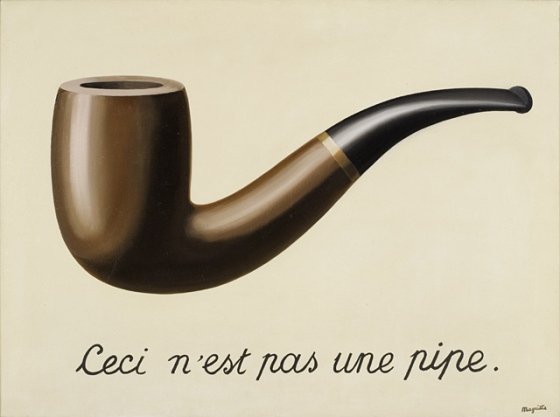
René Magritte, The Treason of Images, 1928-9 
Vito Acconci – Following Piece, between October 3 and 25, 1969 
Erwin Wurm – One Minute Sculpture
transition- initial mindmap
When given the choice between the theme of “transition” or “freedom/limitations”, I chose “transition” as I felt it was the best way to express different styles and concepts of photography than the previous project, which overlapped the themes of “freedom/limitations”, so as to develop my skills and knowledge further.

I decided to create a photobook for this final exam project as my previous project was a film and I felt it would be better to broaden my field and attempt another method of presenting a photographic series. Additionally, the medium of still images presents different challenges and advantages than moving images, which I’m going to pursue.
PHOTOBOOK STRUCTURE IDEAS:
- use of opposing imagery to reflect transition from winter -> summer/ death -> life
- following the process of growth from seed to grown plant
- seasonal changes in the environment, i.e. weather
- close-ups of signs of human aging and youth
- juxtapositions: natural images with human ones, similar close-ups and patterns, opposing landscapes
Exam Theme- Initial Ideas
Transition
After being given the choice of Freedom/Limitations or Transition, I decided to explore the exam theme of Transition as I had mainly focused on themes of ‘liberation’ and ‘rebellion’ in my previous project.
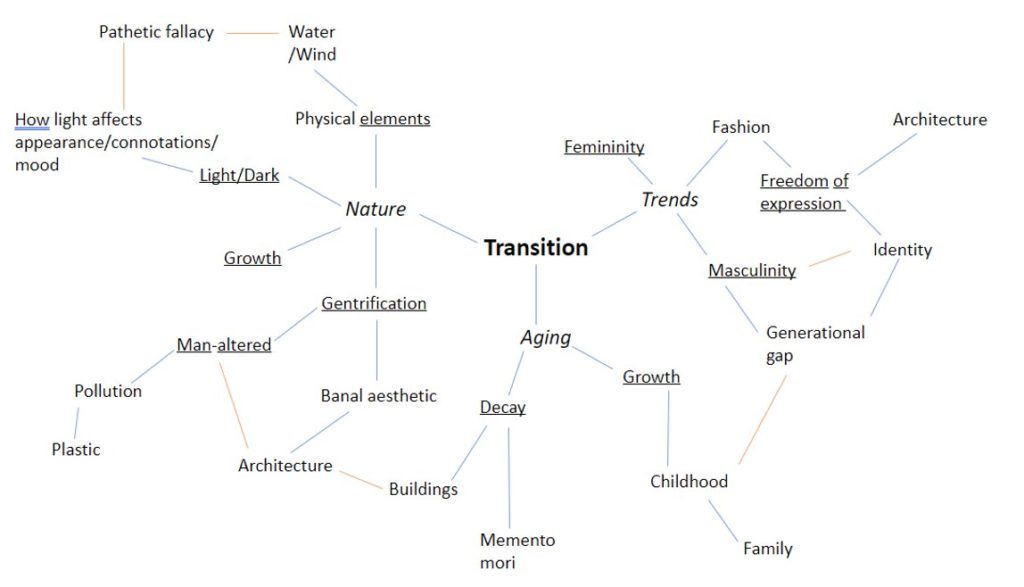
In order to develop ideas about the nature of my project, I created a mind map. I started with the three things that I initially associated with the word ‘transition’, which were: Nature, Aging and Trends (political/social/cultural). Having established these three sub-themes, I noted down ideas about Light and physical elements and how different elements or lighting can manipulate mood (Pathetic fallacy). I also noted down ideas about Gentrification and architecture, as well as gender, decay and aging.
Artists to explore
Lewis Baltz:
Important figure in the New Topographics movement of the late 1970s. In the New Topographics, “The pictures were stripped of any artistic frills and reduced to an essentially topographic state, conveying substantial amounts of visual information but eschewing entirely the aspects of beauty, emotion and opinion,.” “[…] rigorous purity, deadpan humor and a casual disregard for the importance of the images.”
Gentrification and the Banal Aesthetic:
Lucien Hervé:
Hungarian photographer. He was notable for his architectural photography, beginning with his work for Le Corbusier, who was a French architect, designer, urban planner and one of the pioneers of what is now regarded as modern architecture.
He aimed to create “cinematic visual experiences unfolding over time.”
Architecture: Light and form
Irina Souiki:
Peeling paint, crumpled wallpaper and empty chairs are a few of the unexpected beauties that Irina Souiki has found while photographing abandoned buildings. Her images pay attention to the fine detail that creates decaying beauty.
Urban Decay:
Gerry Johansson:
Tokyo
Swedish photographer. He makes “straight and pragmatic” photographs with “an objective view of a geographic location.”
Banal Aesthetic:
Elle Pérez:
American photographer whose work explores gender identity, intimacy, vulnerability, and the relationship between seeing and love. Pérez is a gender non-conforming trans artist.
Gender Identity and expression:
Gillian Wearing:
British artist whose conceptually driven photographs and videos investigate power dynamics and voyeurism in everyday life.
transition mood board
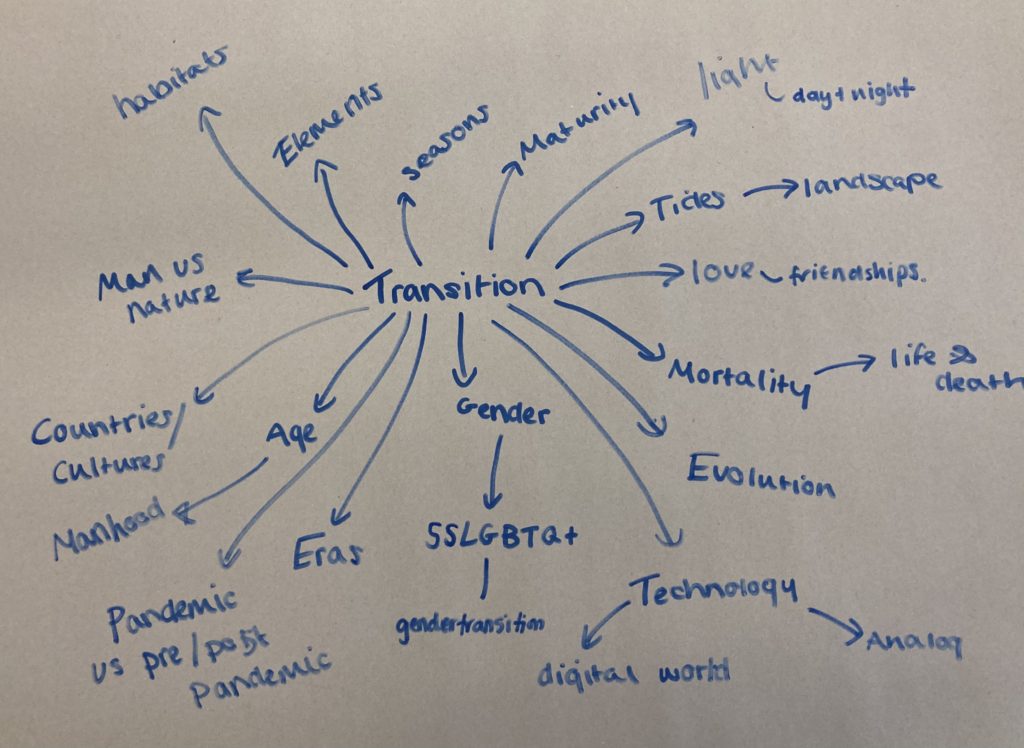
Final Design Outcome+ Evaluation- Staring at the speaker
Book Preview
Transition moodboard & And Mindmap
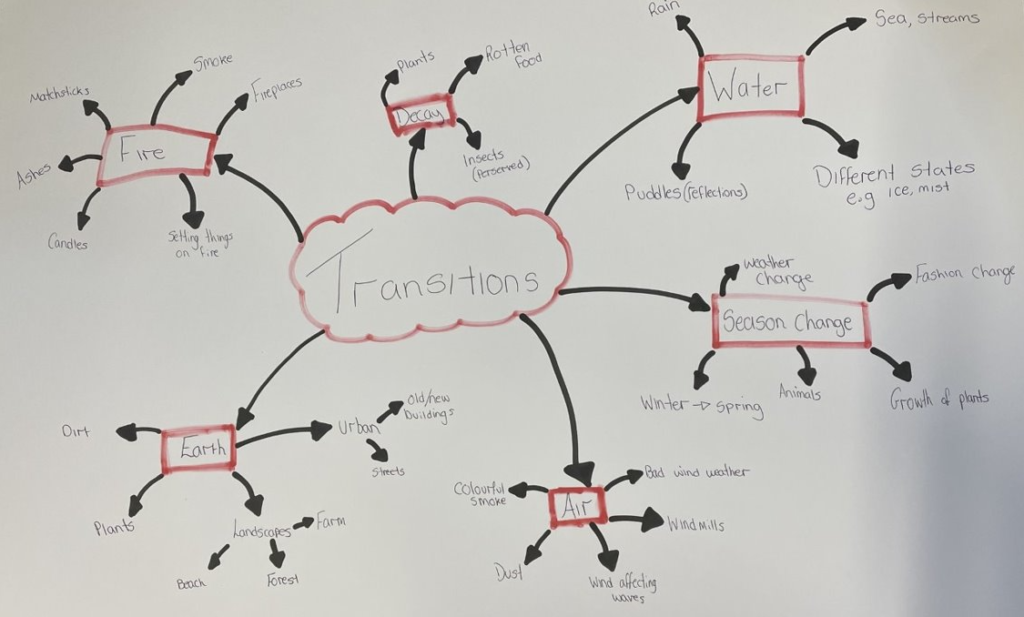
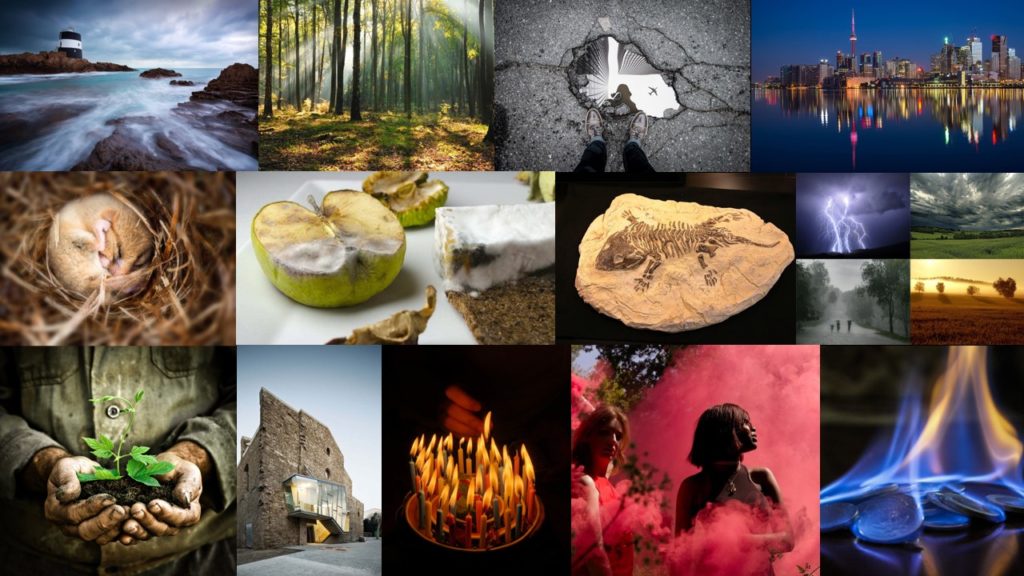
artists to reference – limitations/freedoms
- Velázquez
- Sol LeWitt
- William Kentridge
- Christina Balit
- Anne Desmet
- Alex Webb
- Rong Rong
- Lisette Model
- Laetitia Vancon
- Simone Peerdeman
- Margaret Mitchell
- Marinka Masséus
- Angelica Elliott
Transition










































